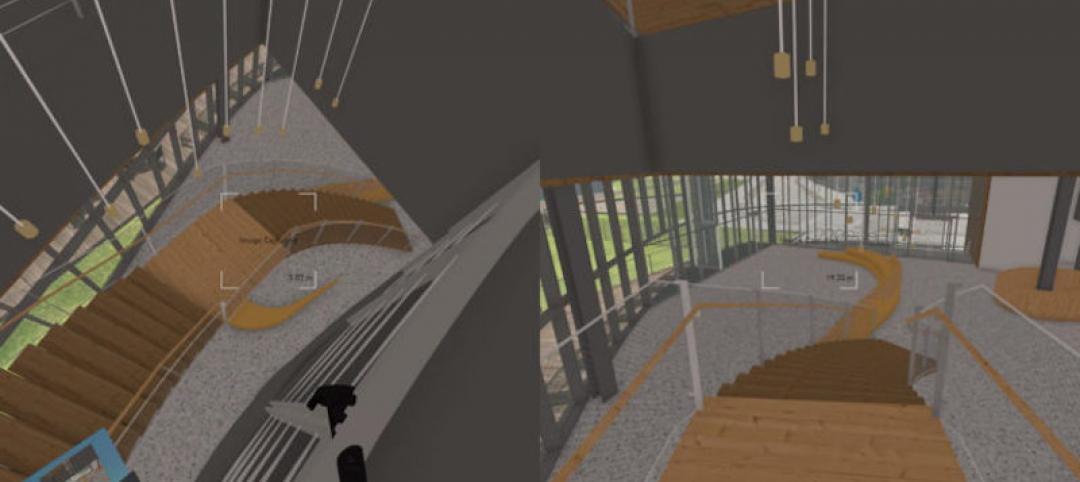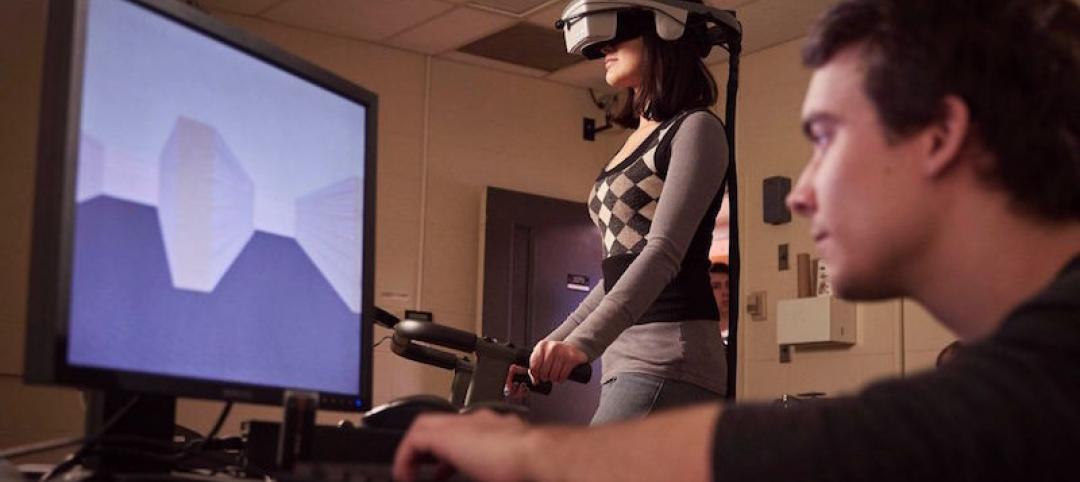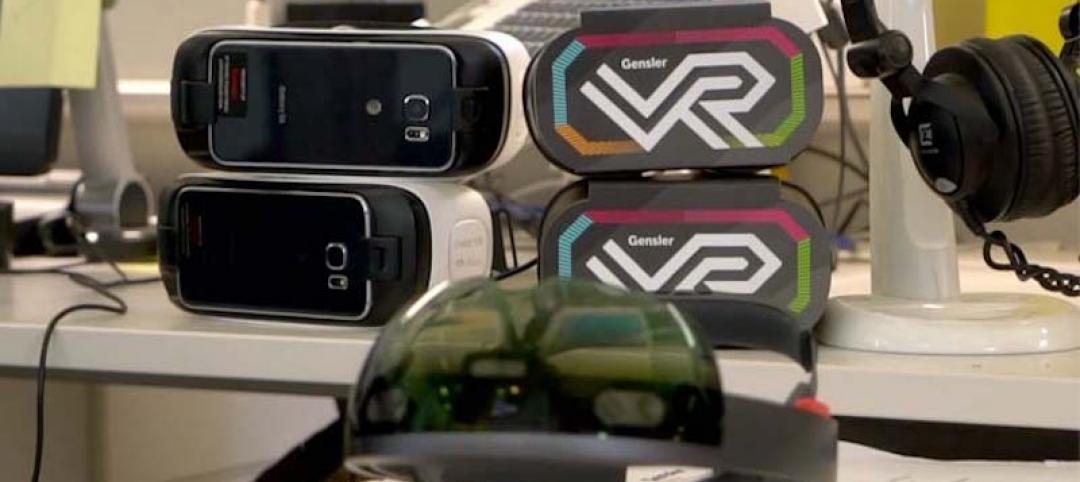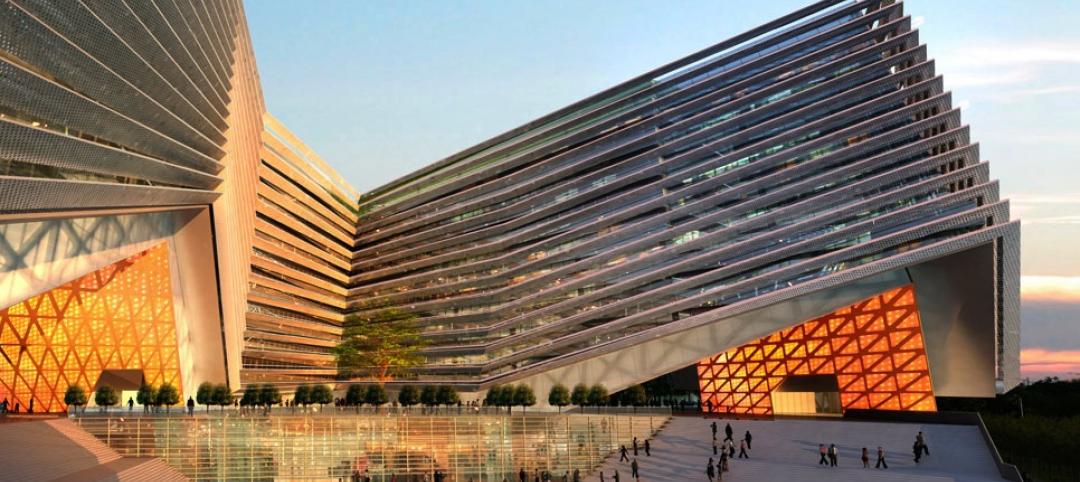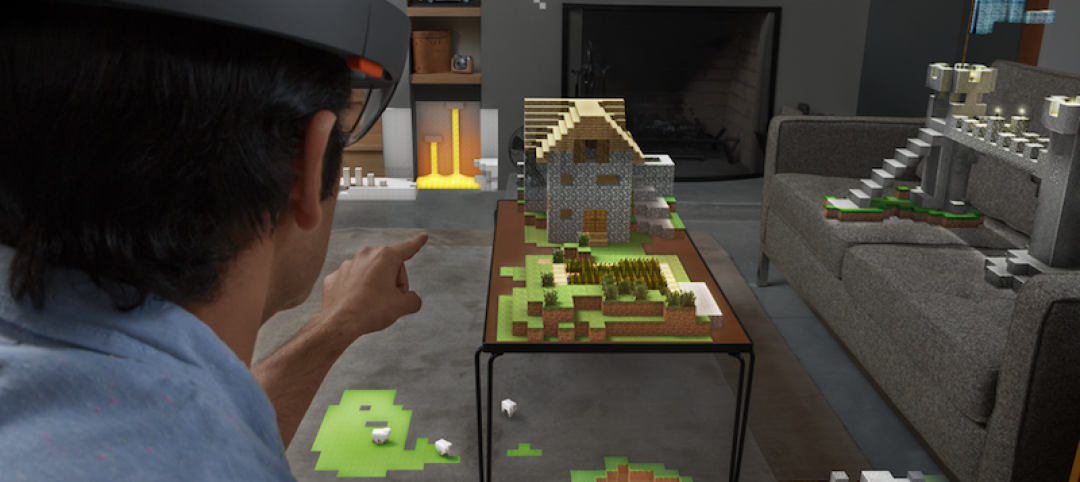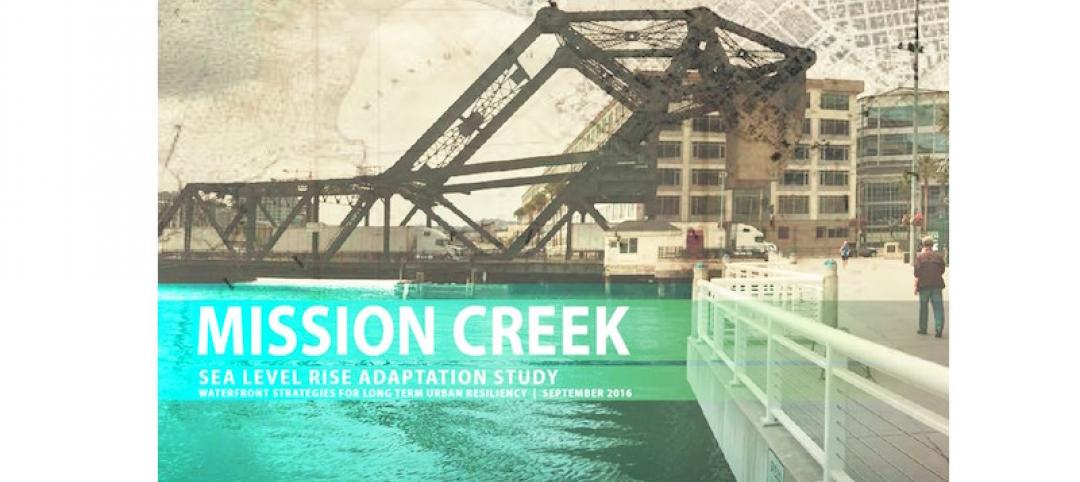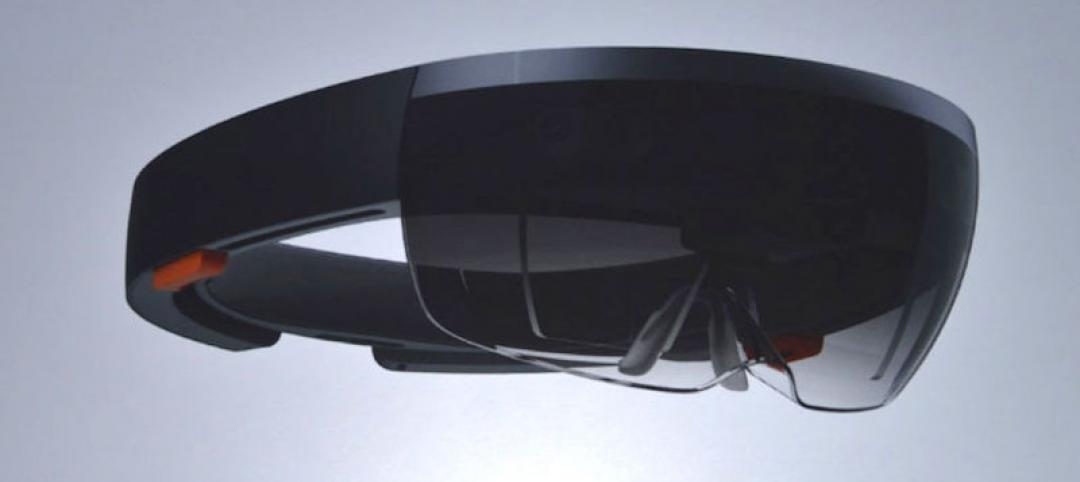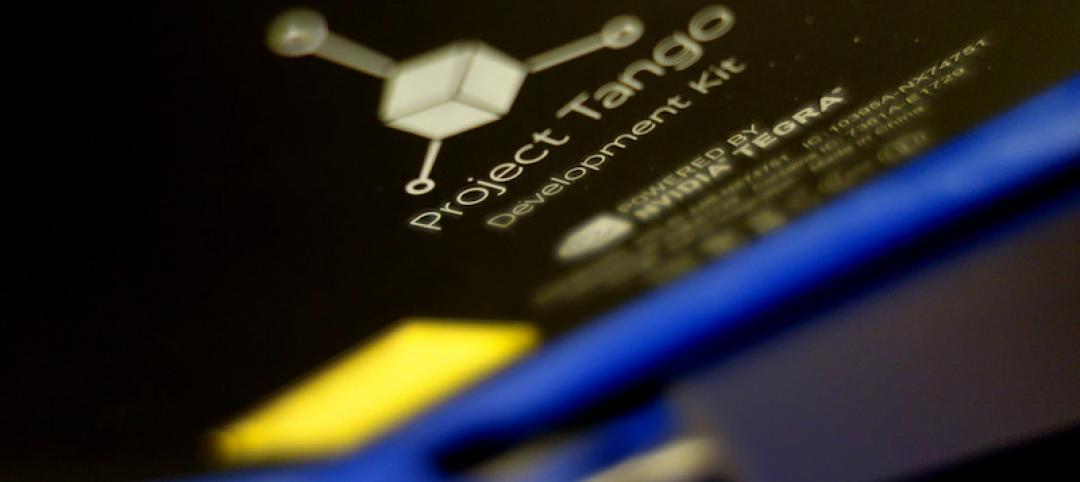For many who grew up in the 90s and early 2000s, the sound of a parent yelling from upstairs to stop playing video games and go outside and enjoy the beautiful summer day was probably a fairly common occurrence. It was often times met with a “One more level!” or “I’ve almost beaten it!” plea. Others tried a bolder strategy of not moving or making a sound when the call inevitably came downstairs, hoping their parent had movement based T-rex vision and would soon realize their mistake and move on.
It usually didn’t work (meaning it never worked) and soon enough it was time to shut off the game console and head out into the real world. But today, thanks to the ubiquity of smart phones and some fancy augmented reality technology, not only are playing video games and spending time outside no longer mutually exclusive, one actually encourages the other.
Pokémon Go, the mobile-based game that has become a phenomenon, has not only made the dreams come true of many Millennials who wanted nothing more than to be a real world Pokémon trainer growing up, but it is also getting people out of their dank basements and exploring their cities like a scene from the end of 2009’s Surrogates.
The hook of the game centers around finding Pokéstops, gyms, and Pokémon themselves, in the real world at historical places, landmarks, or even just in your backyard. As Fast Company reports, after being led to an area by Pokémon Go and filling up on Pokéballs or catching their most recent creature, people are looking up from their phones and realizing they are in a beautiful park just minutes from where they live that they have never explored before, are standing in front of a historical structure that used to just blend in with everything else, or are among literally dozens of other people from all over the city, now congregated in the same place playing the game.
 Pixabay Public Domain
Pixabay Public Domain
Not only is Pokémon Go helping people explore their cities, but it also has the potential to help people fix them. As people are out exploring their city, integration of an app such as SeeClickFix could help players report potholes or other civic issues, helping to increase the speed at which they are fixed. This type of gamification isn’t new, but it would be the most thorough and widespread instance of it.
Not everything is hunky dory with Pokémon Go, however. Some people out on the hunt are ending up at Pokéstops in dark alleys, strip clubs, and other questionable locales. Recently, officials at the United States Holocaust Museum, Arlington National Cemetery, and Poland’s Auschwitz Memorial have all called on the games maker, Niantic, to remove their sites from the game, citing the disrespectful nature of playing a game and trying to catch Pokémon in these areas. There have also been reports of individuals getting hit by cars and falling off of cliffs while playing the game.
While it may not be appropriate to play the game everywhere, Pokémon Go is a perfect example of what is possible from combing smartphones with augmented reality technology to help increase interest in the architectural, cultural, and historical aspects of a city. There is no doubt game developers and app creators have seen the success of Pokémon Go and more AR apps, both game based and information based, will be coming down the pike.
Until then, people are sure to continue their nostalgia trips while also walking away with some new experiences and a greater appreciation for their surroundings.
Related Stories
Virtual Reality | Jun 28, 2017
Virtually real design
Viewing a building design in virtual reality (VR) allows contributors to better relate to the experience of viewing a detailed physical model, rather than two-dimensional renderings or animations.
Designers | Jan 13, 2017
The mind’s eye: Five thoughts on cognitive neuroscience and designing spaces
Measuring how the human mind responds to buildings could improve design.
Augmented Reality | Dec 12, 2016
Gensler & Trimble: Augmented reality enters the design process
With the Trimble Software for Microsoft’s HoloLens device we’re able to bring into the physical world what exists only digitally.
Sports and Recreational Facilities | Jul 20, 2016
San Diego’s waterfront redevelopment would go beyond a mere ‘project’
Its developers envision a thriving business, education, and entertainment district, highlighted by a huge observation tower and aquarium.
AEC Tech | May 9, 2016
Is the nation’s grand tech boom really an innovation funk?
Despite popular belief, the country is not in a great age of technological and digital innovation, at least when compared to the last great innovation era (1870-1970).
Virtual Reality | Apr 29, 2016
NBBJ to develop virtual reality productivity platform
The Seattle design firm has partnered with Visual Vocal, a startup VR company.
Augmented Reality | Apr 21, 2016
Is mixed reality a more exciting prospect than virtual reality? Movie director Peter Jackson thinks so
Magic Leap and Microsoft’s HoloLens are just two examples of mixed reality technology on the horizon that are determined to blend the real world with the stuff of dreams.
Building Tech | Apr 12, 2016
Should we be worried about a tech slowdown?
Is the U.S. in an innovative funk, or is this just the calm before the storm?
Virtual Reality | Apr 8, 2016
Skanska will use Microsoft HoloLens to lease planned Seattle high rise
The mixed reality headset will allow people to take a holographic tour of the building while keeping visual contact with the leasing representative.
AEC Tech | Mar 15, 2016
Two to tango: Project Tango isn’t just for entertainment, it also has a wide range of possibilities relating to the professional world
Making things like augmented reality, precise measurements of indoor spaces, and indoor wayfinding possible, Google’s Project Tango has all the makings to become a useful and ubiquitous tool in the AEC market.



